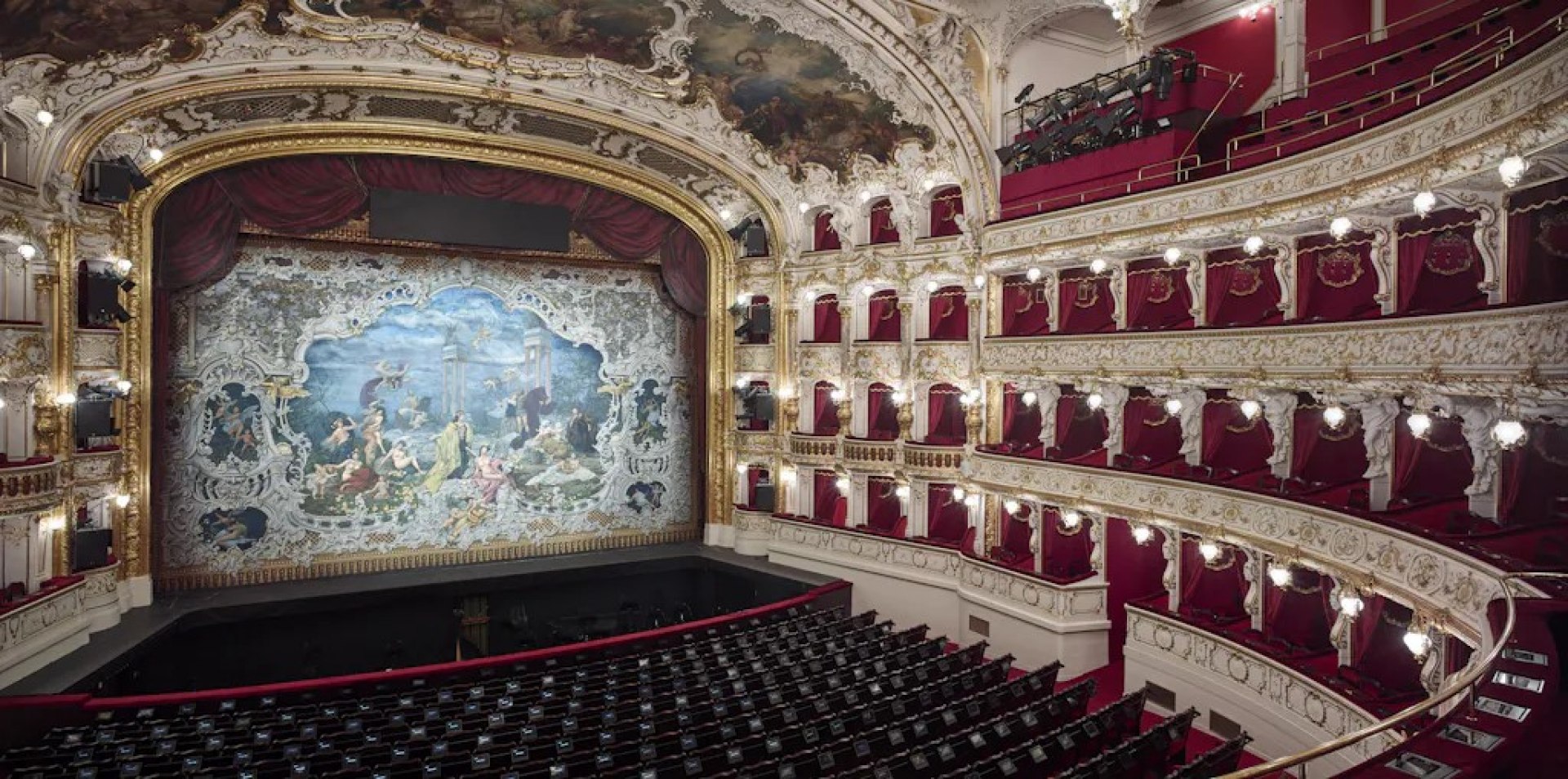Faust
Mo | Tu | We | Th | Fr | Sa | Su |
The historical figure, Johann Georg Faust, purportedly lived between 1480 and 1540. Legend has it that the German alchemist and healer made a pact with the Devil so as to regain his youth. The attractive story has been interpreted in many different ways and from many different angles by numerous artists. The best-known adaptation is Johann Wolfgang von Goethe’s tragedy Faust (part of the play was written in Carlsbad, Bohemia), while Charles Gounod’s 1895 opéra lyrique Faust is the most famous musical setting of the legend. The libretto, penned by Paul Jules Barbier and Michel-Antoine-Florentin Carré, is based on the first part of Goethe’s Faust, as translated by Gérard de Nerval. The first version of Gounod’s opera, with spoken dialogue, premiered on 19 March 1859 at the Théâtre-Lyrique in Paris. The second version, with recitatives and a ballet, Walpurgis Night, was first performed on 3 March 1869 at the Opéra de Paris.
The opera was first staged in Prague in German, on 24 October 1861. The first production in Czech, presented on 6 July 1867 at the New Town Theatre, was conducted by Bedřich Smetana and directed by František Karel Kolár. From 11 January 1884, the opera was performed at the newly opened National Theatre. Gounod’s Faust is one of the most frequently staged pieces at Czech and international opera houses alike.
The new National Theatre production, created by the German stage director Jan Philipp Gloger, premiered in 2003 in Zurich. The music has been undertaken by the French conductor Sébastien Rouland, general music director of the Saarländisches Staatstheater in Saarbrücken.
National Theatre Chorus
National Theatre Orchestra
Program and cast
Conductor: Sébastien Rouland; Zbyněk Müller
Creative team
Stage director - Jan Philipp Gloger
Sets - Ben Baur
Costumes - Karin Jud
Dramaturgy - Beno Blachut
Language: In French, surtitles in English, Czech
Prague National Theatre
The National Theatre today
The historical building of the National Theatre, constructed in 1883, is generally considered the prime stage in the CzechRepublic. It is the flagship of the National Theatre institution, today amounting to five buildings and encompassing four companies. You can see there Opera, Drama and Ballet performances.
Idea of building a stately theatre for the Czech nation
The National Theatre is the embodiment of the will of the Czech nation for a national identity and independence. Collections of money among the broad mass of the people facilitated its construction and hence the ceremonial laying of its foundation stone on 16 May 1868 was tantamount a nationwide political manifestation.
The idea of building a stately edifice to serve as a theatre was first mooted in the autumn of 1844 at meetings of patriots in Prague. It began to materialise through a request for “the privilege of constructing, furnishing, maintaining and managing” an independent Czech theatre, which was submitted to the Provincial Committee of the Czech Assembly by František Palacký on 29 January 1845. The privilege was granted in April 1845. Yet it was not until six years later – in April 1851 – that the Society for the Establishment of a Czech National Theatre in Prague (founded in the meantime) made its first public appeal to start collections. A year later the proceeds of the first collections allowed for the purchase of land belonging to a former salt works with the area of less than 28 acres, which predetermined the magnificent location of the theatre on the bank of the river Vltava facing the panorama of Prague Castle, yet at the same time the cramped area and trapezoidal shape posed challenging problems for the building’s designers.
By car
To the centre (OldTown), approach on Masarykovo nábřeží (Masaryk embankment) in the direction from the Dancing House, at the crossroads in front of the National Theatre turn right to Divadelní street and then right again to Ostrovní street to the National Theatre car park. Parking costs 50 CZK/h.
By tram
By daytime trams Nos. 6, 9, 18 and 22 and night trams Nos. 53, 57, 58, 59 to the stop “Národní divadlo” – in front of the NT historical building; by daytime tram No. 17 to the stop “Národní divadlo”.
By metro
To the station “Můstek”, line B (yellow), and then by foot on Národní street; or to the station “Karlovo náměstí” and then two stops by tram No. 6, 18 or 22 to the stop “Národní divadlo”. To the station “Staroměstská”, line A (green), and then two stops by tram No. 17 to the stop “Národní divadlo”.

 EN
EN DE
DE IT
IT FR
FR ES
ES RU
RU JP
JP RO
RO
 Seating plan
Seating plan 